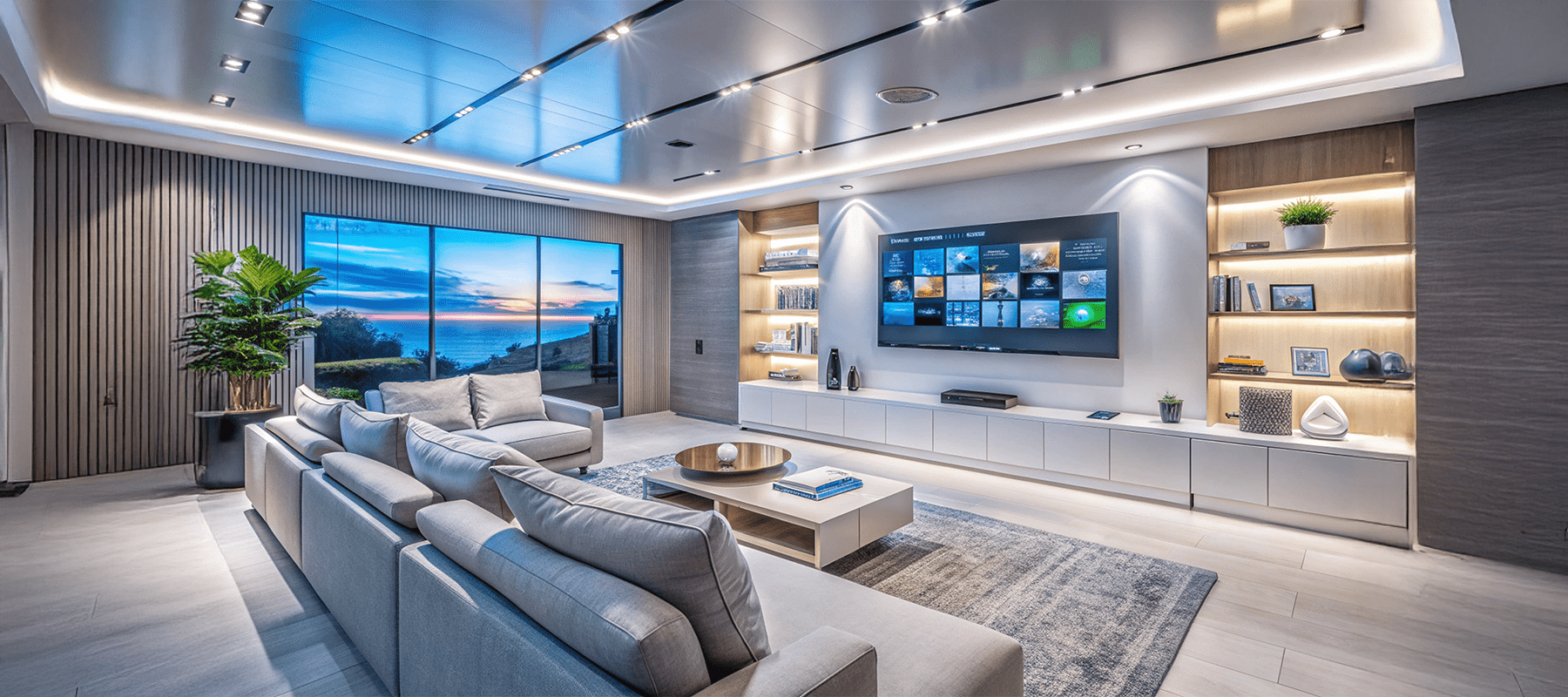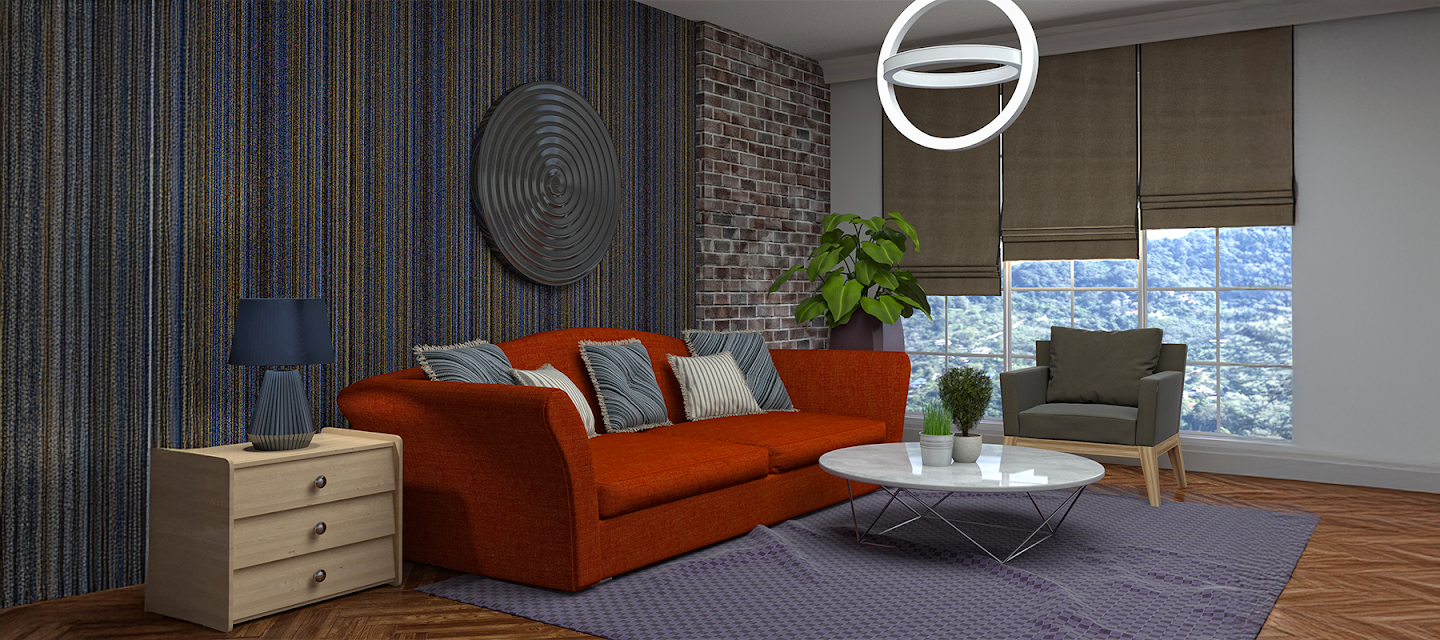In the heart of suburban America, the Johnson family faced a familiar struggle: despite running the HVAC almost all year and keeping lights blazing, their small living room never felt quite comfortable, and the energy bills kept climbing. Their story became a model living room retrofit case study, demonstrating how an energy retrofit can bring measurable comfort, noticeable remodel energy savings, and a blueprint for success through a thoughtful renovation checklist. This journey will walk you through before-and-after transformations, practical tips from real data, and actionable steps for anyone seeking an energy-saving renovation.
Case study overview: Why a living room retrofit?
Why does a living room remodel matter so much? As the most used space, inefficiencies in lighting and temperature control are acutely felt. For the Johnsons, their living room retrofit case study began with a simple goal: cut energy use without sacrificing comfort—a mission echoed in households nationwide hoping for home energy efficiency improvements. Before the project, the lighting was dull and uneven, the HVAC seemed to work overtime, and indoor air quality wasn’t ideal. Their home was ready for a transformation centered on energy retrofit and comfort.
Before-and-after: Measuring the transformation
The difference started with assessment. Pre-retrofit, the living room lighting measured a dim 120 lux average (well below the recommended 300–500 lux for living spaces). The HVAC load to maintain 72°F averaged 2,100 kWh per month, resulting in high bills and patchy warmth or chilling zones. Air quality was subpar, with stuffy corners by late evening.
With the energy retrofit complete, including efficient LED fixtures, smart dimmers, and sealed cracks identified during energy audits, lighting improved dramatically—measured at a bright 380 lux average, delivering uniform illumination. HVAC load dropped to 1,250 kWh per month, thanks to improved insulation, modernized ducting, and zone controls (key for HVAC optimization). Improved ventilation—crucial for any energy-saving renovation—brought a fresh, clean feel to the space. Personalized feedback from the Johnsons and visitors noted a remarkable uptick in perceived comfort year-round.

The renovation checklist: Steps to retrofit success
A well-prioritized renovation checklist made this living room remodel both efficient and practical:
- Energy audit: Baseline testing for lighting, insulation, air leaks, and HVAC output—a must for any energy retrofit.
- LED Lighting retrofit: Switching to dimmable 10W LED bulbs increased light quality and reduced consumption, contributing to overall remodel energy savings.
- Added insulation: Dense-pack cellulose in exterior walls and spray foam on rim joists to cut drafts and support HVAC optimization.
- Smart thermostat & zoning: Allowed targeted heating and cooling, reducing wasted energy during times the room wasn’t in use.
- Window upgrades: Low-E coatings minimized solar heat gain and loss, supporting ongoing home energy efficiency.
- Ventilation improvements: ERV/HRV systems provided continuous fresh air without sacrificing thermal performance.
- Ongoing measurement: Logging pre- and post-retrofit data made the home’s energy-saving renovation results visible and inspiring.
Real results: Comfort and savings
What did these changes mean for the Johnsons’ living room retrofit case study? Their utility bills reflected nearly 40% remodel energy savings on heating and cooling alone, an achievement also seen in national deep energy retrofit stories. Lighting energy use was slashed by 70%. Comfort complaints vanished—even during summer heatwaves and winter chills, room temperature and air quality stayed consistent. Their home achieved a new level of home energy efficiency, and the family proudly shared their results with neighbors considering their own energy-saving renovation.
Best retrofit methods for small living rooms
Throughout their experience, the Johnsons learned that not all retrofits are equal. Efficient lighting upgrades (like LEDs with adjustable color), modern HVAC optimization tools (smart thermostats, ductless mini-splits), and proper insulation are the foundation for any successful living room remodel. These steps, combined with a thorough renovation checklist and data tracking, maximize the return on every retrofit dollar.

How to measure comfort and energy use
The family kept things simple: pre- and post-retrofit lighting measurements (lux meter), monthly energy statements (kWh use), and regular comfort check-ins (subjective ratings and thermometer readings). These easy methods gave them confidence that their living room retrofit case study results were real—and provided clear reference points to sustain home energy efficiency.
Federal rebates and energy-saving ideas
Thanks to federal and state incentives for energy retrofit projects, the Johnsons offset initial costs, making remodel energy savings even more attractive. Programs like ENERGY STAR rebates reward insulation upgrades, smart thermostats, and energy-saving renovation measures in living rooms across the U.S.
Conclusion: From retrofit inspiration to action
From stuffy, dim, and costly to bright, breezy, and thrifty—the Johnsons’ living room retrofit case study proves that a thoughtfully planned living room remodel with a solid renovation checklist doesn’t just change a room. It sets a standard for what can be achieved with a modern energy retrofit. If you’re seeking home energy efficiency, consider measuring where your living room stands, plan your retrofit, track the results, and enjoy the dual rewards of comfort and savings.

I’m Emma Kennedy, a home solutions expert with a passion for simplifying the art of living well. With a background in design and a knack for creative problem-solving, I focus on offering practical advice that helps homeowners turn their spaces into true reflections of themselves.








